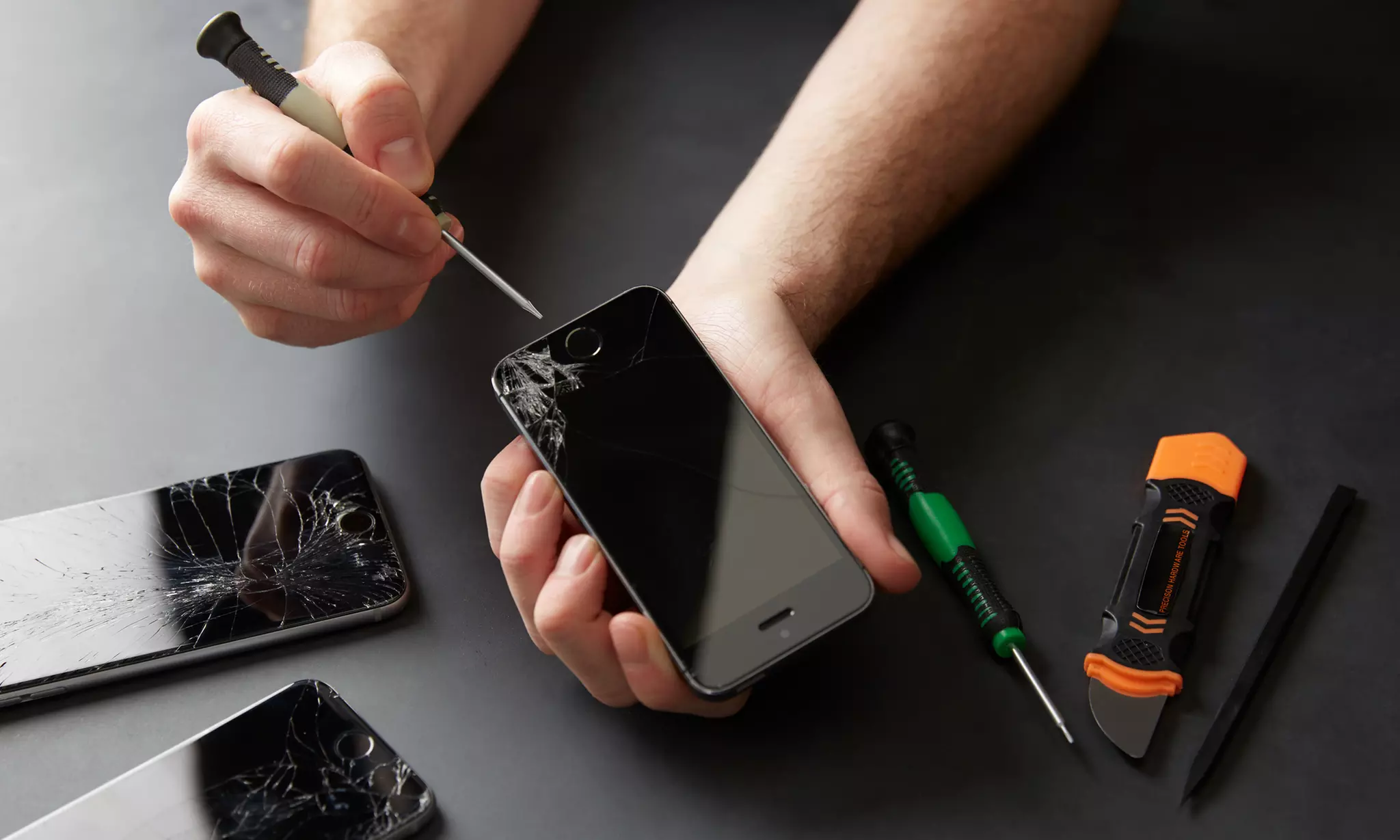Whether you’ve dropped your phone, spilled water on it, or are dealing with a mysterious malfunction, getting it professionally repaired is often the best solution. But many people are unsure of what to expect when they walk into an iPhone repair shop or bring in a Samsung device for service.
In this article, we’ll walk you through what typically happens during a professional phone repair—from diagnosis to completion—so you can feel confident handing over your device. We’ll also highlight what sets trusted repair services apart, especially for high-demand needs like Samsung repairs and iPhone servicing.
1. Initial Inspection and Consultation
The repair process always starts with an initial assessment. Whether you’re visiting a walk-in iPhone repair shop or scheduling service for your Samsung phone, a technician will first:
- Ask you to describe the problem (e.g., cracked screen, battery issues, charging problems).
- Visually inspect the phone for signs of damage.
- Check for any physical or liquid damage indicators.
In some cases, they may ask you to disable features like Find My iPhone or unlock the device so they can proceed with diagnostics.
2. Diagnostic Testing
Once the initial inspection is complete, the phone goes through diagnostic testing to pinpoint the issue. This step is essential for identifying both visible and hidden problems. The technician may:
- Test the screen, touch sensitivity, and display.
- Check internal components like the battery, motherboard, and charging port.
- Run diagnostic software to evaluate hardware and system performance.
- For water-damaged phones, inspect corrosion or short circuits inside the device.
Samsung repairs may involve proprietary diagnostic tools and software to ensure accurate results, while Apple-certified repair shops will use tools approved by Apple.
3. Cost Estimate and Approval
After the issue is identified, the technician will provide a detailed quote for the repair. This includes:
- Parts required (e.g., display, battery, motherboard components).
- Labor costs.
- Estimated turnaround time.
You’ll then have the option to approve or decline the repair. Reputable shops will not start the repair without your consent and will be upfront about pricing and possible risks.
4. Disassembly and Repair
Once approved, the technician begins the repair process. This step varies depending on the phone model and the issue. For instance:
iPhone Repairs:
- Replacing a cracked screen involves removing the front panel, disconnecting the battery, and carefully installing a new display.
- Battery replacements include disassembling the device and installing a genuine or high-quality compatible battery.
- For Face ID or camera issues, delicate internal components are carefully handled to avoid further damage.
Professional iPhone repair shop technicians are trained to work with proprietary Apple components and tools, which is especially important for newer models with Face ID or Taptic Engine features.
Samsung Repairs:
- Samsung devices, especially newer Galaxy models, often have glued-in batteries and curved AMOLED screens, requiring heat and special tools to open.
- Repairs might include replacing broken back glass, replacing the charging port, or performing a software reset for performance issues.
Samsung repairs often require technicians who understand the intricacies of Android and Samsung’s unique hardware design.
5. Testing and Quality Check
After the repair is completed, the phone goes through a series of post-repair checks. These may include:
- Display and touch functionality testing.
- Battery performance checks.
- Camera, mic, speaker, and sensor tests.
- Network and connectivity tests (Wi-Fi, Bluetooth, LTE).
Some iPhone repair shops also use diagnostic software to confirm the performance is back to factory standards.
6. Cleaning and Reassembly
Before handing the phone back to the customer, technicians usually clean the device, inside and out. This step is especially important if the phone was exposed to moisture or opened for internal repairs.
The phone is then carefully reassembled, making sure all seals are intact—especially for water-resistant models like the iPhone 13 or Samsung Galaxy S22.
7. Final Handover and Warranty
Once everything is confirmed to be working, the technician will:
- Review the completed repair with you.
- Demonstrate that the issue has been resolved.
- Provide a receipt and explain any warranties (most shops offer 30 to 90 days warranty on parts and labor).
Some Samsung repairs and iPhone servicing locations even offer lifetime warranties on screen replacements or battery repairs.
What to Look for in a Quality Repair Shop
Choosing the right service center is just as important as the repair itself. Here’s what to look for in a reliable iPhone repair shop or Samsung repair provider:
- Certified Technicians: Especially important for Apple and Samsung devices.
- Genuine or OEM-Quality Parts: Ensures longevity and performance.
- Transparent Pricing: No hidden fees or surprise charges.
- Fast Turnaround Times: Most screen repairs take under an hour.
- Warranty Offered: Shows the shop stands behind their work.
- Positive Reviews: Look online for feedback from other customers.
Conclusion
Getting your smartphone professionally repaired doesn’t have to be stressful. Whether you’re visiting an iPhone repair shop to fix a cracked screen or need expert Samsung repairs for a power issue, knowing what happens during the repair process can help you make informed decisions.
From careful diagnostics and professional handling to final testing and warranty coverage, a reputable phone repair center ensures your device gets back in your hands quickly—and works like new.



